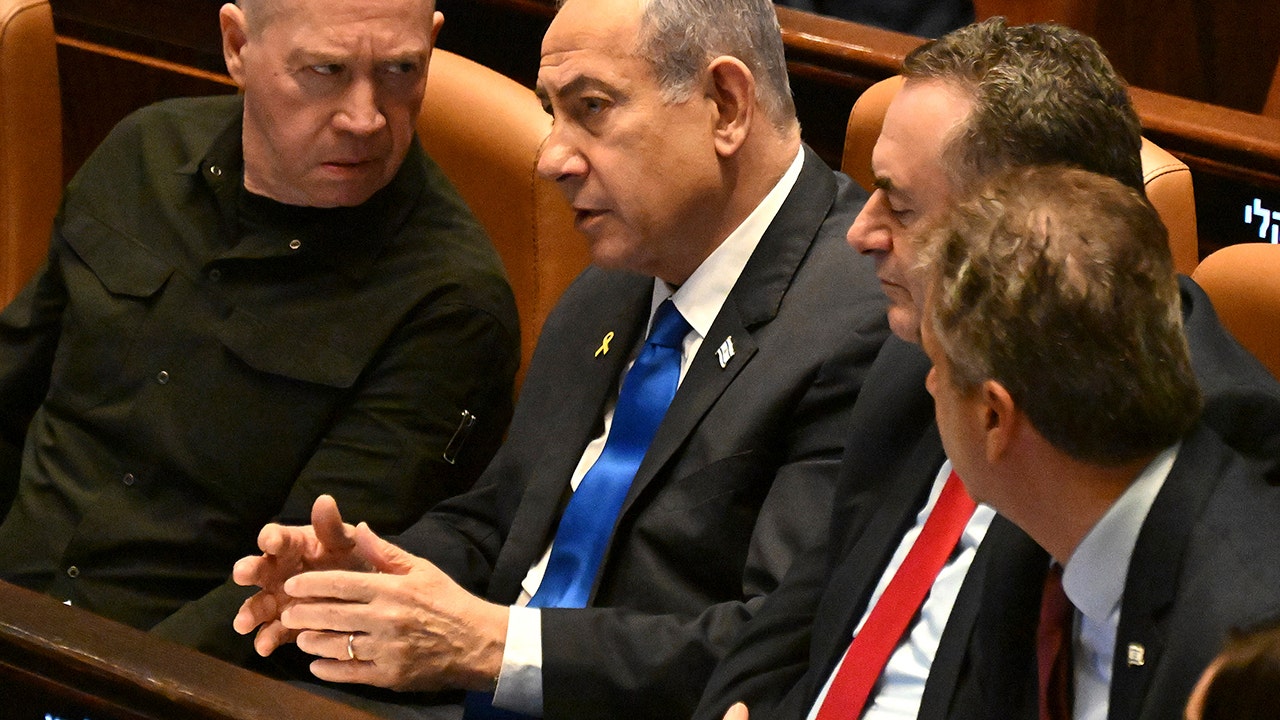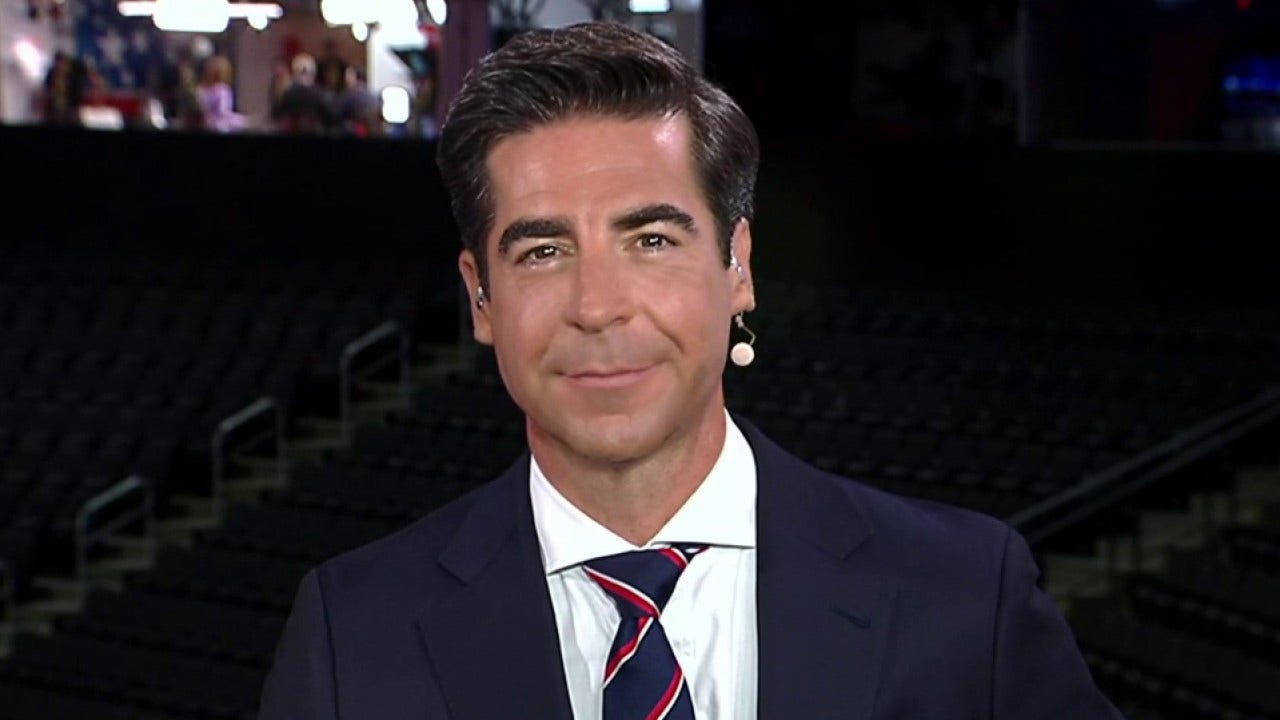As the VA secretary departs, focus remains on outreach, trust

Veterans Affairs Secretary Denis McDonough only has about two months left in office, but that doesn’t mean a relaxed workload for department staff in the coming weeks, he said.
“We have more veterans getting more benefits and more care than at any time in VA history. I’ve told our people, let’s keep building those numbers,” he said in a sit-down interview with Military Times this week.
“Let’s make sure that the next team has what they need to get up to speed. We take the transition deadly seriously, and we’ll stay on top of that. And we need some help from Congress to meet our care demands for the next year.”
That means that while President-elect Donald Trump and his pick to replace McDonough, former congressman Doug Collins, prepare to take office, the current VA secretary will have to work with congressional leaders in coming weeks on department budget issues, health care operations and a host of other priorities.
McDonough acknowledged that the looming workload has muted some of his ability to reflect back on his last four years leading the Veterans Affairs, and that he’s less interested in the legacy of this administration’s work than ensuring a smooth transition into the future.
But he did speak with pride about VA staff dedication and the expansion of benefits for veterans in recent years, positive trends he believes will extend well past his departure from the department.
Portions of this interview have been edited for length and clarity.
RELATED
Military Times: There have been many changes at VA over the last four years. What do you hope this administration will be remembered for?
McDonough: What the president directs us to do is make sure that we’re responsive to veterans. I’d highlight two really important things.
One is that this is a different VA, because we have a lot more veterans getting care and benefits today than four years ago. That’s really important. Just take the PACT Act — 1.9 million claims submitted under the PACT Act, with 1.7 million of those already processed. Those are being awarded at a 75% grant rate.
The average grant rating or service connection out of those claims is a 70% service connection. That translates to about just over $20,000 a year in earned benefits. That’s really important. That also means almost 850,000 veterans newly enrolled in VA for health care since then.
Secondly, I think we’ve changed how we think about our work here. We want to make sure that veterans understand that it is we who need to change our programs to fit into veterans’ lives, rather than expecting veterans to change their lives to fit into VA programming.
One good example of that is since March of this year, we’ve had 1,200 outreach events with veterans across the country to bring our services to them, to bring care to them, to bring enrollment experts and claims processors to them.
How difficult was changing that mentality?
We have the best workforce in the federal government, and these people sign up to work at VA because they want to work for veterans. So, making it a priority to go get into those veterans’ lives is pushing against an open door there with our team.
It’s just a question of developing the muscle memory, so that when we go to the annual VSO conventions, we travel with a health care team and a claims team. And we want to ensure when we’re going to the Salute to Service games or the Army-Navy game, for instance, that we actually have a booth where veterans [can get information].
Early in this administration, there was an opportunity for veterans to get the COVID vaccine if they wanted it. Now, we’re at a point where there’s an opportunity for them to file their claim out of the PACT Act and to learn more about it.
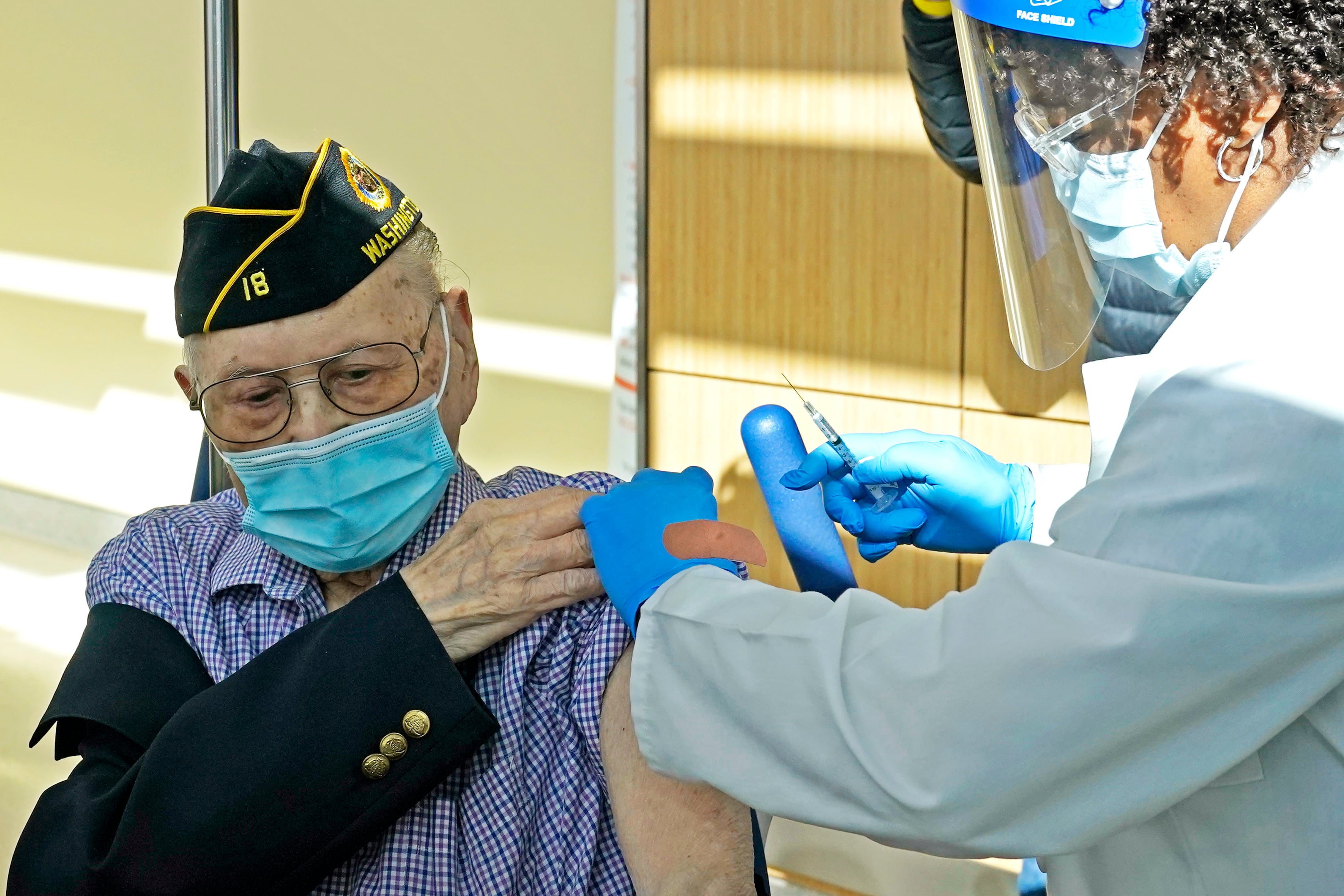
Is that the kind of change that stays beyond the current administration, or might that change under the Trump administration?
I want to be really careful to not prejudge anything that’s going to happen. I think that our sense is, given that trust ratings are as high as they’ve ever been, that there’s something about the way we have provided the services that is well received by veterans.
My hunch is that veterans will continue to demand that kind of service.
RELATED
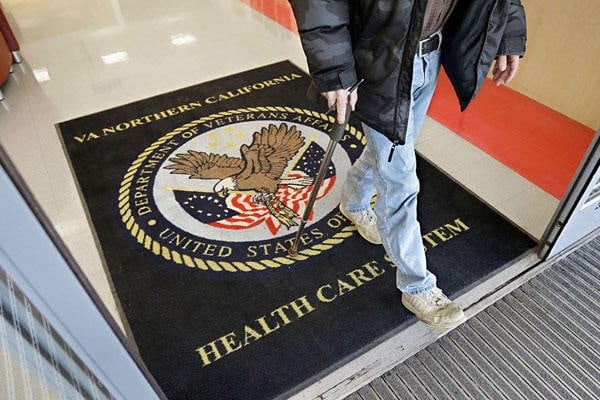
You’ve been in government long enough you know the ebb and flow of new administrations. Do you feel like VA is in a position where, regardless of the administration, officials are increasing that trust?
Not every veteran, every survivor, every caregiver or every family member has the experience that we expect them to have at VA, or more importantly, the experience that they expect to have at VA. So, there’s still room for improvement.
We just have to fight every day on behalf of our veterans. The president explained to me what my job description was, and that was to fight like hell for vets. That’s the VA I have seen while I’ve been here, and I have confidence that the VA team will continue to do that.
But sometimes that’s not enough. We have to learn from each individual interaction and recognize where the changes are needed.
When I came in, I didn’t want to change things just to change things. We want to change things to make them veteran-centered. We want to make changes so we fit into veterans’ lives. But change for change’s sake — that’s not in anybody’s interest.
When we talked last year — and when you came into office four years ago — you talked about making VA more accessible to all veterans, especially minority veterans, women veterans, LGBT veterans. Give me a report card on where you think that stands now.
The fastest growing cohort of veterans in VA care are women veterans. That trajectory has continued, if not accelerated, over the course of these four years. That is a function, I think, of us intensifying reforms that have been underway in VA for a long time.
Women’s health clinics, for example, are sometimes separate from the VA hospital, with a separate entrance, because there are still too many places where women veterans are harassed. There are still too many places where women veterans are asked by a VA employee or by another veteran, “Hey, are you here to pick up your boyfriend or here to pick up your dad? Your husband?”
We’re getting better at that. We are now offering a full range of reproductive health services at VA, and that’s really important when we have 400,000 women veterans of childbearing age. We want to make sure that they can have access to the kind of care they have earned and have the right to expect.
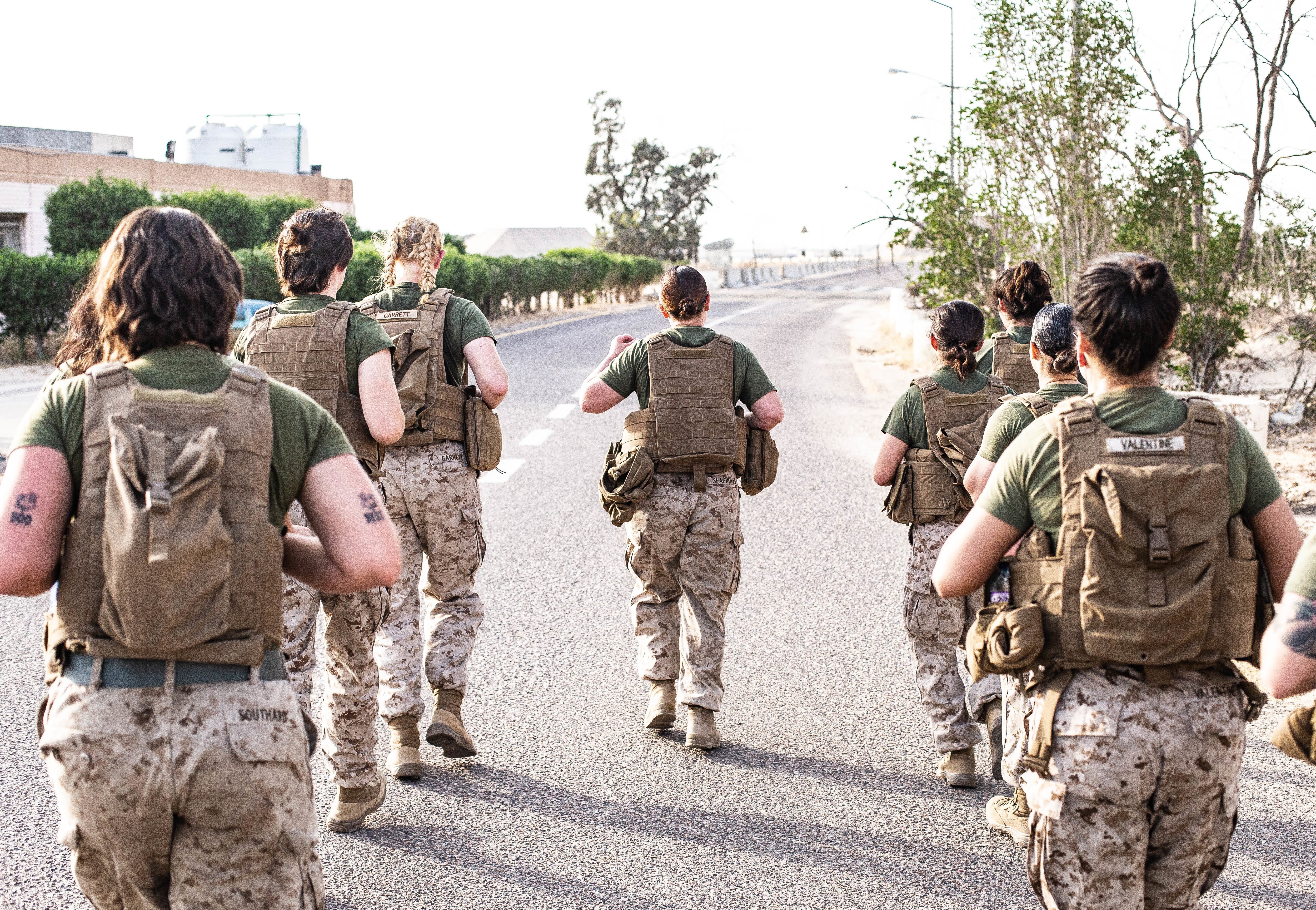
As it relates to a range of other services, we have made sure that veterans recognize that we want a relationship with them at VA. There are 19 million vets in the country. We have slightly under half of those enrolled in VA health care. We should do a better job of that.
And we’ll do a better job of that when every veteran, irrespective of orientation, irrespective of race, irrespective of gender, knows that they have access to care and benefits.
We’ve also been intentional about understanding what the limitations are, or why veterans have had trouble developing a relationship with VA. One of the things we’ve studied is the rates of veterans of color, particularly Black veterans, filing claims. Why is it that, even though they file claims at higher rates, they’re sometimes awarded at less prolific rates than other veterans?
Well, we’ve now established a direct correlation with veterans earlier in their transition process, and filing those claims with a certified, accredited veteran service officer. Those two facts are directly correlated to higher service connection rating for veterans.
So, we’re being very intentional about making sure that every veteran gets precisely what that veteran has earned by virtue of their service. VA hasn’t always been perfect on that, by any means, but we’re getting there.
Is advancing that just a matter of time or focus? How do you get more done from this point?
First, you have to record your progress and the data. The most important thing is to record veterans’ experience. And you’ve heard me say this a million times — that is something we’ve done at VA now going back to 2014, by virtue of decisions made by other people, not by me.
We’re just much better at recording the veteran satisfaction data, the veteran trust data and what’s happening for veterans. So, the first thing is to be intentional about what we’re measuring and why we’re measuring it.
Second thing is to make sure we’re measuring the veteran experience, so that drives how we get better at reaching other veterans.
Third, trust is really important, because there’s no better validation, no better marketing than one veteran talking to another about their experience at VA. The extent to which we have veterans passing information on to their battle buddies — “Hey, this wasn’t as bad as I feared,” or, “This wasn’t as bad as I heard” — that’s really important validation.
We have to earn those veterans’ trust, their enrollment in our health care system and their [decision] to file a claim with us. It’s what they’ve earned, but we have to earn their partnership. I think we’ve made important strides there.
RELATED

You mentioned reproductive care. The issue of abortion is going to be polarizing with the next administration. Do you think you’ve codified that enough so that female veterans will have access even beyond this administration?
Again, I’m going to be careful to not comment on what the next team may or may not do. But I think the important way to think about all of these changes is, what are veterans right to expect from their access to care at VA, and importantly, what do veterans need?
The way we’ve approached this issue, going back to the rule-making process, was to recognize that not only are women veterans the fastest growing cohort of veterans at VA, but our women veterans have more complicated health care situations than their non-veteran peers.
That’s to be expected, given their amazing service in support of this awesome country. But we also know that women veterans who decide to have a family — they have those families at later ages than their civilian counterparts. So, we want to make sure they have access to the kind of care they expect to have access to. And I think that’ll be the question worked through in the years ahead.
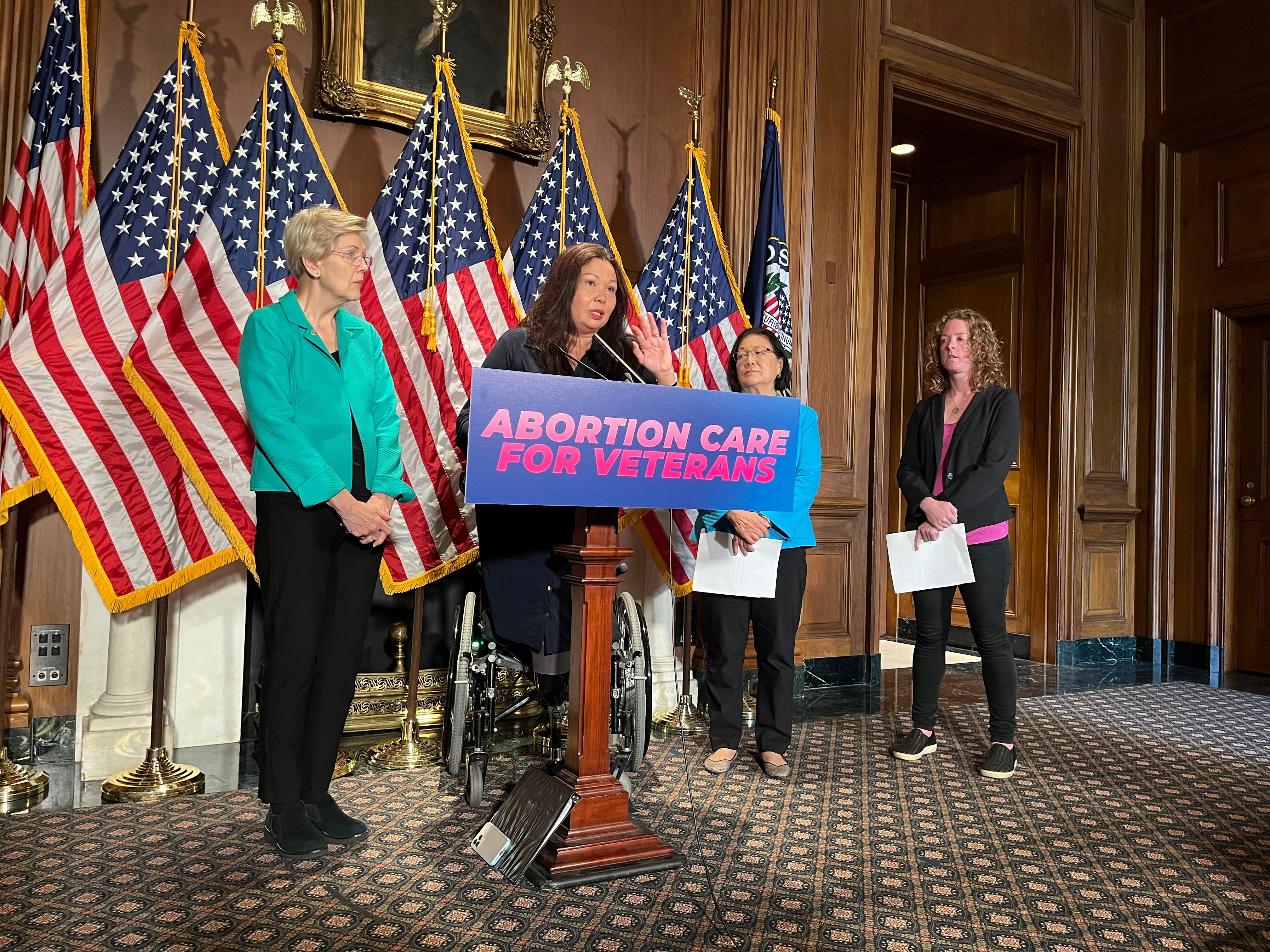
Do you feel like this administration has kept the faith with younger veterans through the PACT Act, saying “VA is on the right path. We might not be as fast as you want, but we’re at least heading in the right direction.”
What I think is not really material. The most important measurement is, what do veterans think about them? So, I take some solace from the fact that our trust ratings are the highest they’ve been since we started tracking them.
I do think it’s important to keep one thing in mind. It’s true that we’re moving faster than we did on Agent Orange. I think the president is a big reason why we’re moving faster. And veterans impacted by burn pits are a big reason we’re moving faster. But we’re still not moving fast enough.
We still have veterans who served in Karshi-Khanabad Air Base, in Uzbekistan, where they deployed almost 23 years ago. They still feel like they’ve not gotten what they need, let alone what they deserve.
So, we shouldn’t be too busily saying, “I think we got it, we’re good to go.” I encounter veterans every day of the week who feel we’re not living up to that. We should keep fighting like hell for them, because that’s what they did for us.
RELATED
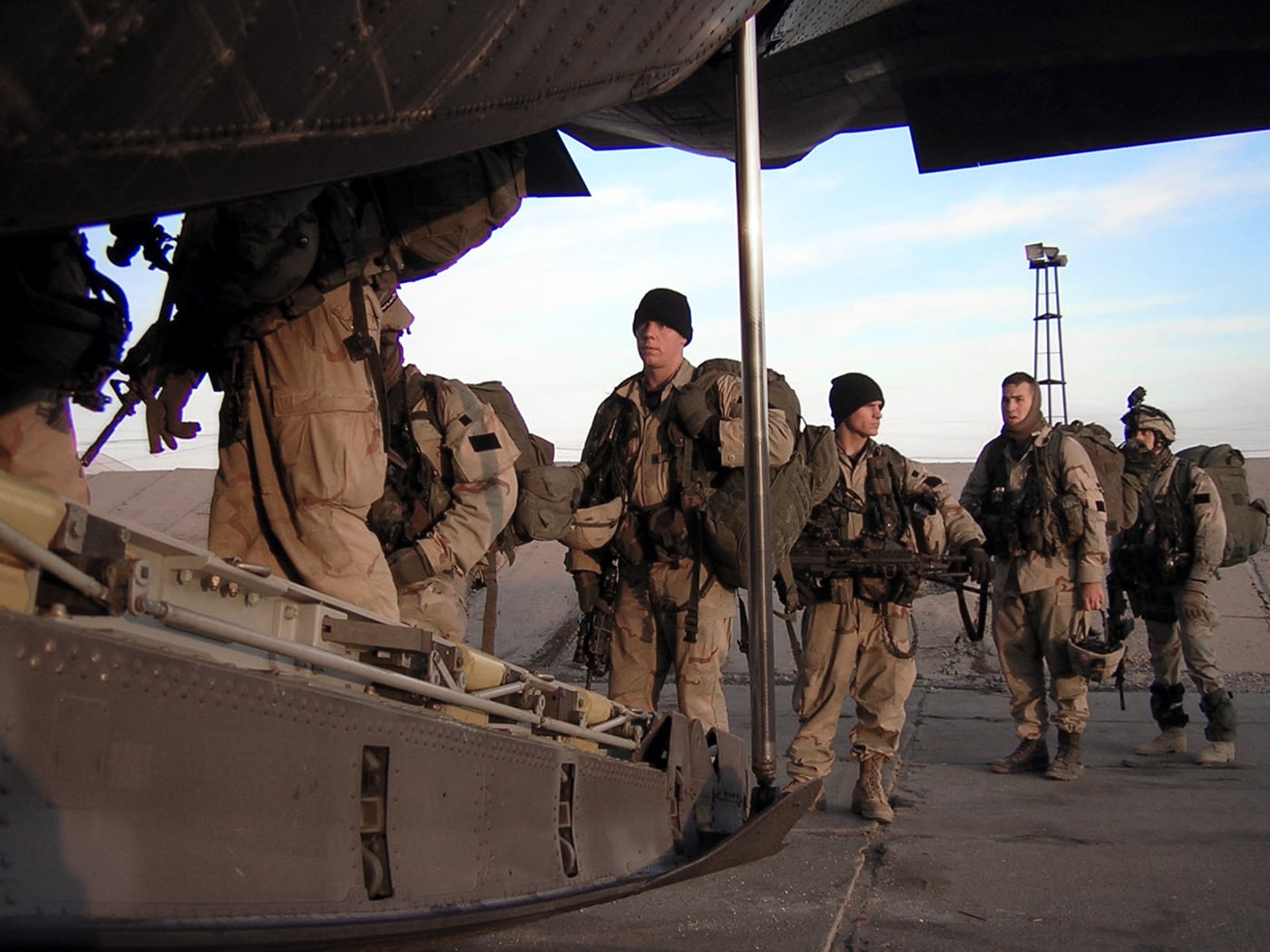
The K2 veterans’ issue — is that something this administration can get done before the end of January?
We think we have a path to do something. And if we didn’t, I’d be in a lot of trouble with the president. He’s been very clear to us that we need to get going here.
This is still a big challenge. When you think about the toxic soup those veterans were deployed into, we still don’t know everything we need to know about that. So, this will be an issue that continues to be worked. We’re going to make progress, and there’s still more work.
RELATED

Can you give us an update on where the overhaul of electronic health records stands?
The next administration, which was also the last administration, made a bunch of these decisions. But the fact is that we as a country have recognized for 20 years that we need to update this health record system to make it interoperable with DOD, and to make it one that travels more seamlessly with our veterans.
We feel like we’re making good progress out of the reset. But this thing is going to be a management challenge for VA for some time to come, because every medical professional in this country who’s transitioned to electronic records will tell you it’s always harder and takes longer than you plan.
We’re learning really important lessons and we’re seeing important productivity gains again, but by no means is this going to be easy. It’s going to require us to keep firing at this.
When the last administration made a decision on Oracle — Cerner at the time — I didn’t think it made a lot of sense to go back and re-up that. For 20 years, administrations of both parties have said we’ve got to get going on this. So, I think it’s important that we keep that momentum, because the existing system isn’t up to the task. We all know that and veterans are right to expect a 21st century health care record in a 21st century health care system.
RELATED

We’ve seen progress on ending veteran homelessness. Is the goal still zero? How does the department keep making progress here?
One, you’re just intentional about it. You don’t let a “Veterans Row,” which is what we called a homeless encampment right outside the campus of one of our largest VA hospitals West LA — you don’t let that happen.
Second, there has to be a dedication of resources. Congress, Republicans and Democrats, have been very generous to us. So, we have to make sure that not only are we intentional, but we have the resources to make this happen.
And third, we have to get the elbow grease and put our shoulders into this and get creative about it. We’re seeing that across the country, from the tiny houses that I visited in Kansas City to these really innovative rental arrangements for full apartment buildings in Los Angeles.
Just in Los Angeles alone, we’ve made substantial reductions over the course of the last year through permanently housing homeless veterans. Of course, LA is not the only place with a homeless veteran problem. Every city in the country has one. But it’s got the biggest one, and it’s got the most complex market.
If we continue to show, through intentionality, through resources, through hard work, that we can beat this in Los Angeles, we’ll beat it anywhere. It’s going to take time, but our goal is still zero veterans homeless. My goal is that we not have a need for the phrase “homeless veteran” in our language.

We haven’t seen much progress on reducing the number of veteran suicides in recent years. What needs to happen with that?
It is stubbornly high, maddeningly and heartbreaking. In so many cases we see veterans saying, as they’re struggling with crisis and as they’re contemplating death by suicide, that they feel like they’re a burden.
Think about that, about how we’re missing the boat here. We need to tell veterans that they are not a burden. In fact, they are the reason that we are as strong as we are, and we need them now more than ever.
We have to continue to underscore what we prove every day here at VA, which is that suicide is preventable. And I want veterans to hear that in your moment of maximum crisis, suicide is preventable.
Second, we have to continue to dedicate resources. So many of our veterans who die by suicide have not been diagnosed with a mental health disorder, or are not in relationship with VA. We have to make sure we are building relationships with them.
For example, we established in the last year’s suicide prevention annual report that there is a correlation between veterans who get their VA benefits and a lower rate of suicide death. So, if you’ve established a relationship with the Veterans Benefits Administration, you’re less likely to die by suicide.
Third is engaging the entire community. We’ve made good progress with engaging local organizations who are supporting veterans in their communities. That’s based on the simple fact that we don’t possess all knowledge here in the nation’s capital. Our local communities who know their veterans are best positioned to know what our veterans are struggling with, so let’s invest in them.
It comes down to intentionality resourcing, strengthening the entire ecosystem and then making sure veterans understand suicide is preventable. We just have to keep doing that.
Do you feel like we as a country talk enough about the point you raised about veterans being community leaders, about what vets bring to the country? Do we need more attention on that positive aspect, on what veterans are bringing to America even after service?
There is a narrative that is so, so inaccurate, that somehow veterans are broken. That is not my lived experience.
Look at these newly elected members of Congress. Look at who the coaches are for your kids’ teams. Who the ministers and the lectors are at your parish. These people aren’t broken. Veterans are fixing a broken community in many places. They’re fixing spots where America is breaking, and they’re refusing to let that happen.
Collectively, we owe the country a clear story. This is why, every time I’ve appeared before the press in the press briefing room, I’ve had VA providers talking about programming that’s successful. Every time I testify before Congress, I have a story about a VA employee and a veteran. Because sometimes I think we don’t lift up little stories of where VA is working well and where veterans are doing awesome work.
What I do know is veterans are kicking ass all over this country. We’ve got to do a better job keeping up with them, making sure they have what they need. The country is stronger because of them.
Those veterans out there who are wrestling with crisis? If they, as we too often hear, are feeling like they’re a burden, let me just be very clear: You’re what this country needs. You’re not a burden. You are the strength of this country.
Talk to me about the fatigue level of VA employees. I know it’s something you’ve been watching for a while. Do you feel it’s at a more sustainable point now than it was a few years ago?
Context is really important. Go back to 2018, and you have the Mission Act, a fundamental rework of how VA does its business. Following that is the pandemic. Following that is the PACT Act.
And then following that is the COMPACT Act. Any veteran today, if you’re struggling and you want to see a health care provider, you can go into any hospital in the country, and we will take care of the cost from there.
Those are four very fundamental reworks of VA business. And throughout all those changes, VA has continued to operate at a high level, providing more care, more benefits to more veterans than ever, and at the highest trust levels ever recorded.
So, that’s all really good, but people have been running hard. We have an annual employee survey. We just spent the summer discerning what we learned from the most recent survey, and we’ll be going back in the field with another one that will help inform the next team about the status of the workforce.
Those numbers look better than they’ve looked in the past, but there are still challenges. So, we want to make sure our employees are heard and feel valued.
What we’ve done is we made sure that we’re continuing to hear our workforce. The employee survey is a big piece of that, but so are our regular engagements. It’s why I’ve traveled as much as I’ve traveled.
We’re continuing to plow resources back into our employees through things like retention bonuses, relocation bonuses, even things like a critical skills incentive. That’s why retention at VA right now is at the highest it has been in a couple of decades.
That means we’re training people, we’re hiring them, we’re putting them on the job and they’re staying with us. We’re not taking anything for granted. We’re gonna keep it up, keep listening to our people, keep investing in our people and keep making sure they recognize it’s their expertise that’s the strength of VA.
What advice would you would give to VA secretary nominee Doug Collins?
Whatever advice I’d give to him would be private. One thing I will say is that I’ve just read a couple of stories about him, and I’m really happy to see that he’s a chaplain.
The chaplain corps here at VA — you’ve heard me say this before — is one of our real strengths. I know he’s got many, many skills, but it’s notable to me that he’s a chaplain. Having a person with that training as the leader here will be really valuable.
You’ve now served as White House chief of staff and VA secretary. Which one of those has been a more difficult job?
I’m not big on looking back, but let me just say that I take really seriously what the president has demanded of us and what he calls our one solemn obligation, which is to protect the people we send into harm’s way and then care for them and their families when they come home — or especially when they don’t.
For 20 or so years before I started at this job, I was involved in many different staff jobs, including White House chief of staff. In those jobs, I participated in and made difficult decisions that led to a lot of young men and women going to war. The great thing about this job has been the opportunity to work with this great workforce and to make good on the promises we made to those veterans.
I’m not saying we’re fulfilling every promise, but we work really hard at it. It’s been incredibly fulfilling for me to be a partner to this workforce in that effort.
Leo covers Congress, Veterans Affairs and the White House for Military Times. He has covered Washington, D.C. since 2004, focusing on military personnel and veterans policies. His work has earned numerous honors, including a 2009 Polk award, a 2010 National Headliner Award, the IAVA Leadership in Journalism award and the VFW News Media award.
Read the full article here



